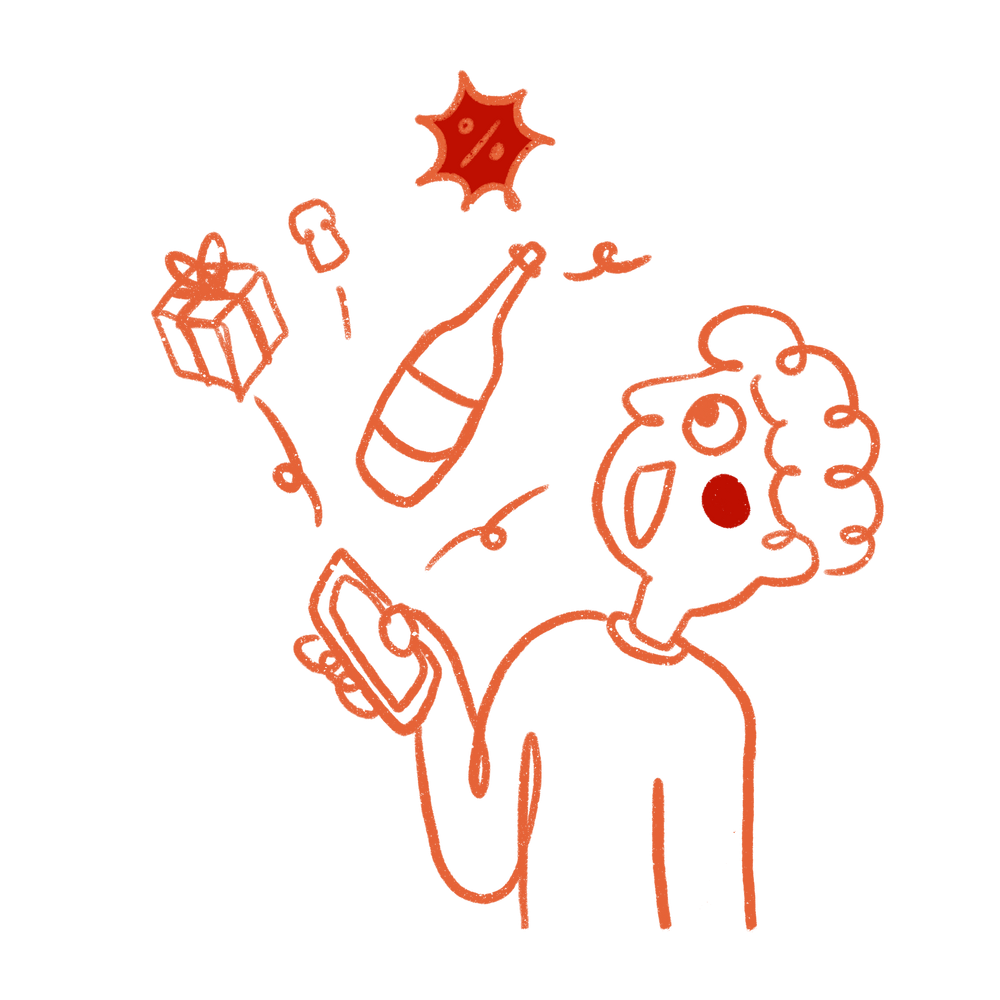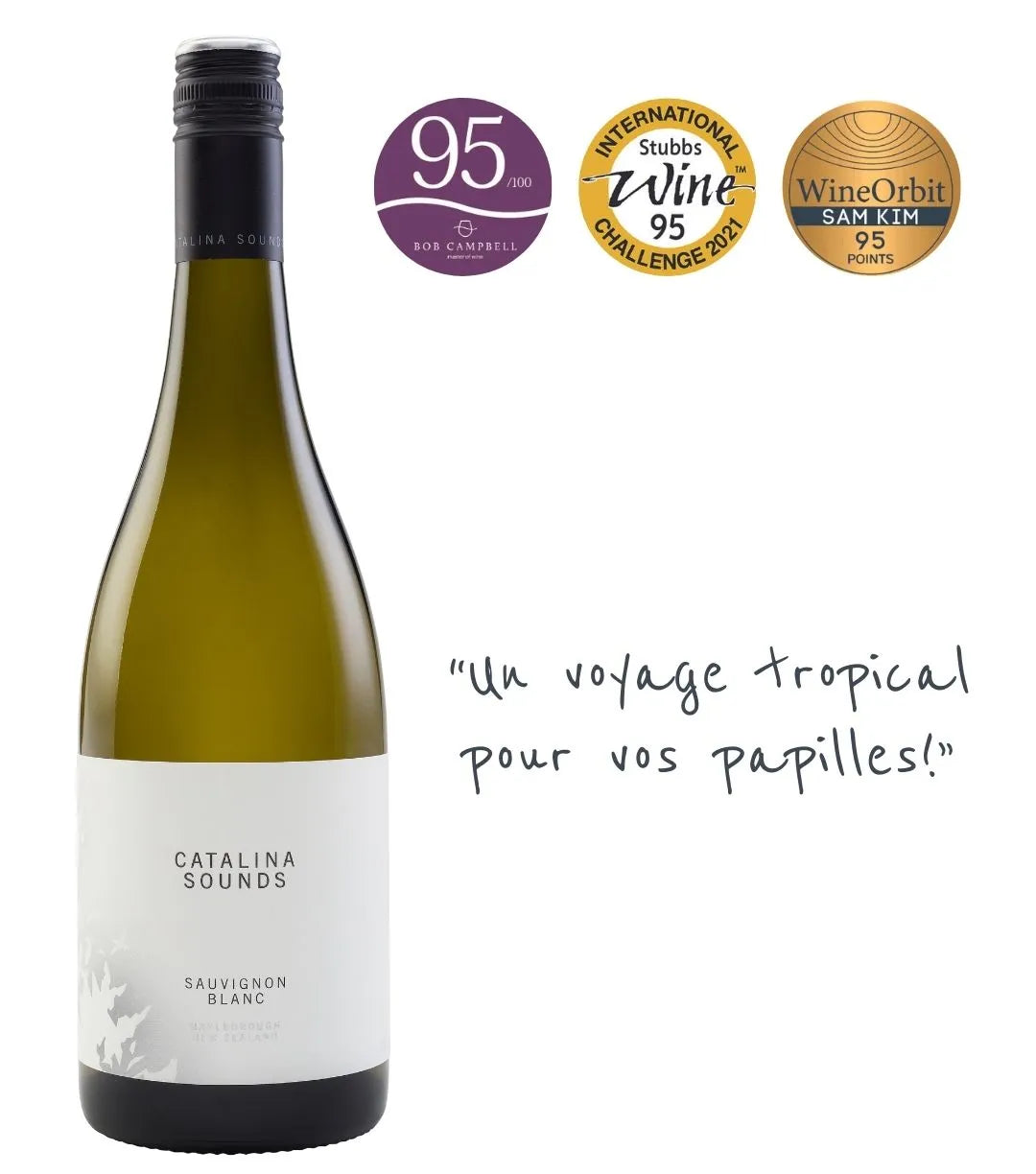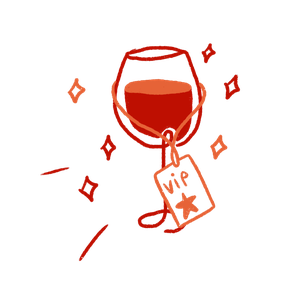Champagne Calories: Everything You Need to Know Before You Toast
Champagne and Calories: The Truth Finally Bubbles Up
How many calories are in a glass of champagne?
Light, refined, sparkling… Champagne evokes celebration and elegance long before calories come to mind. Yet, even bubbles have their energy count!
A flute of champagne (120–150 ml) contains on average 90 to 110 calories, depending on its sugar and alcohol content.
In other words:
- 🍎 about the same as a small apple
- 🍫 two squares of dark chocolate
- 🧀 or a small piece of cheese
So yes, you can toast without guilt, especially if you opt for a Brut or Extra-Brut Champagne, which are naturally drier and therefore lighter.
Why do calorie counts differ between champagnes?
The number of calories in a glass mainly depends on two factors:
- the alcohol content
- the residual sugar (known as dosage)
The higher the dosage (sugar added after the second fermentation), the more calories your champagne will contain.
Here’s a quick guide:
- Brut Nature / Extra Brut: 60–80 kcal per 100 ml
- Brut: 70–90 kcal per 100 ml
- Demi-Sec: 100–120 kcal per 100 ml
A typical Brut Champagne (12% ABV, 8 g/L sugar) averages around 72 kcal per 100 ml, according to calculations by the Comité Champagne.
Champagne vs. Other Alcoholic Drinks
How does champagne compare to other types of alcohol?
| Drink | Standard Serving | Estimated Calories |
|---|---|---|
| Champagne (150 ml) | ~90–110 kcal | 🥂 Light and festive |
| Dry white wine (150 ml) | ~100–120 kcal | Slightly higher |
| Red wine (150 ml) | ~120–140 kcal | Denser, more alcoholic |
| Lager beer (330 ml) | ~140–180 kcal | Rich in carbs |
| Whisky / Rum (45 ml) | ~95–125 kcal | High alcohol content |
| Sweet cocktail (150 ml) | ~200–300 kcal | Often very sugary |
👉 In summary: a flute of champagne contains fewer calories than a glass of wine, beer, or spirits. Bubbles are a smart choice for celebrating without overdoing it.
Calories Now Appear on the Label
Since December 2023, EU regulations require wine producers — including champagne houses — to display the energy value (in kcal and kJ per 100 ml) as well as the list of ingredients.
In practice, this information will appear:
- either directly on the label,
- or via a QR code to scan on the bottle.
A great step forward for easily comparing cuvées by their dosage and style.
🥂 Vinodelice Selection: Extra Bubbles, Lighter Calories
At Vinodelice, we highlight champagnes that are precise, low in sugar, and full of energy, perfect for enjoying bubbles without excess sweetness or heaviness.
✨ Our three favorite cuvées: elegant and light:
- Maxime Blin “Grande Tradition Extra-Brut” (4 g/L)
Produced following an organic approach, this cuvée features minimal dosage for a pure, clean, and refreshing profile. Perfect as an aperitif. - Charles Heidsieck “Brut Réserve” (8 g/L)
An iconic Brut with a generous yet balanced style. A champagne that stays moderate in calories while offering remarkable aromatic depth. - Maxime Blin “Ailes de Psyché” Blanc de Noirs Extra-Brut (4 g/L)
100% Pinot Noir, this cuvée showcases the full power of the fruit without unnecessary sweetness. Low in dosage, high in character.
👉 Discover these and other exceptional champagnes in our champagne selection.
💡 How to Enjoy Champagne Without Blowing Your Calorie Count
A few simple tips:
- Choose Brut or Extra-Brut: less sugar, fewer calories.
- Serve it well chilled: it’s enjoyed more slowly.
- Savour each sip: champagne is meant to be tasted, not gulped.
- Alternate with water, especially during long meals or celebrations.
In Conclusion
Champagne isn’t the enemy of your figure: its finesse and low sugar make it perfect for guilt-free toasting.
At 90 to 110 calories per flute, it remains one of the lightest alcoholic beverages — and surely the most elegant.
So for your next aperitif, romantic dinner, or grand celebration, raise your glass without guilt… but always in moderation.
Champagne is, above all, a shared joy — not a nutritional competition.
🔍 “Champagne Calories” FAQ
How many calories are in a glass of champagne?
Between 90 and 110 kcal, depending on the sugar level and alcohol content. Extra-Brut champagnes are the lightest.
Does champagne make you gain weight?
No, not unless you overindulge. A glass or two occasionally has no significant impact.
Which has more calories: champagne or wine?
Champagne has fewer calories than red wine (around 120 kcal per 150 ml on average).
Where can I find the nutritional info on a champagne bottle?
Since 2023, producers must display the energy value on the label or via a QR code.






